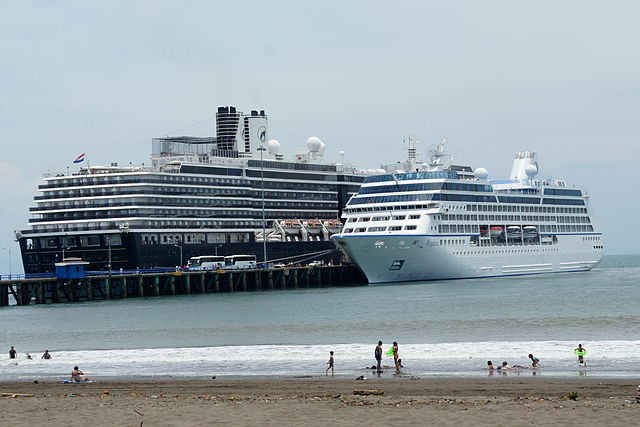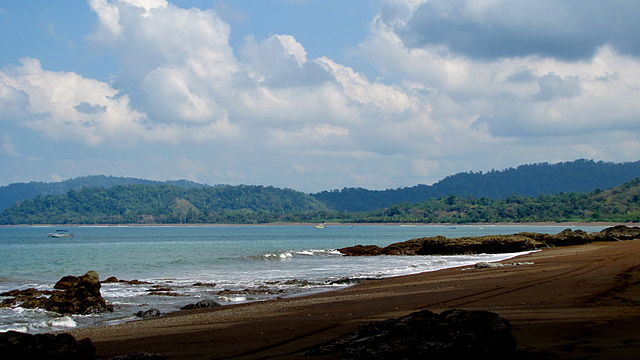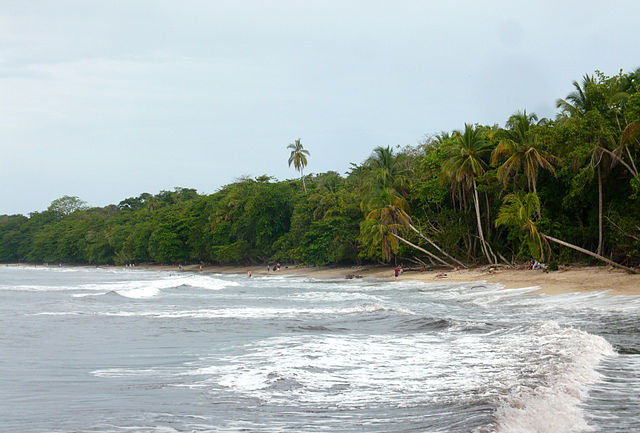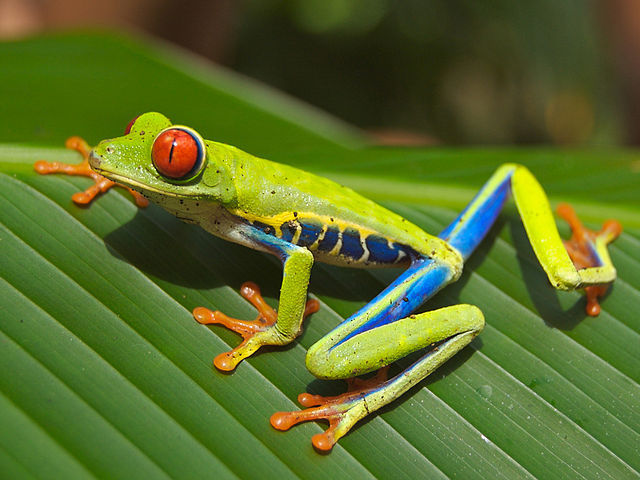
Puntarenas
Puntarenas, with its unusual oval shape, is located on a six-kilometer-long, 70 to 600-meter-wide spit of land in the Gulf of Nicoya. With roughly 40,000 inhabitants, it is no longer the vital seaport it once was. With the opening of the modern harbor facilities of Puerto Caldera, further to the south, many jobs have left Puntarenas.
History
A city tour of Puntarenas can be best begun at Avenida Central, Canes 5/7. This is the site of the historic church built in 1902 out of sandstone. It’s walls are massive enough for a fort and only the main portal and windows have been modernized. The old Catholic house of worship is the only church in Costa Rica that faces east.
Next to the church is a small park with narrow paths paved with crushed seashells. Nearby is the Teatro de Puntarenas and the Casa de la Cultura with its library, art gallery and museum. The cultural center holds concert and theater performances.
Another popular attraction is the Museo de Historic Marina in the same building (entrance on Avenida Central), with exhibits relating to the history of the city and the development of seafaring. Nearby is the market, where Tico, Chinese and Arab merchants sell fresh fish, fruit and vegetables.
Bamboo bushes ring the music pavilion, one block north of the church, between Canes 5 and 7. In summer concerts are held there.
The business area is on the Pasco de Ins Turistas. This boulevard runs parallel to the Gulf of Nicoya and attracts more than just tourists and weekend visitors from the highlands. Street peddlers cry out their wares and try to tempt strollers with mate, a kind of milk shake, creamy pireolillo made from roasted corn, and sweet granizado, a local form of ice cream. After strolling up and down the Pasco twice, you are ready to take a break in one of the many sodas or restaurants that line the boulevard.
The Paseo de los Turistas is a good place to study the habits of the Portenos, as the inhabitants of Puntarenas call themselves.
Portenos, wearing shorts and T-shirts, stroll the boulevard in small groups. Old ladies sit at their windows or bend over their balconies watching the strollers out of boredom or curiosity. Old men spend their days in the shade of the park discussing politics and the latest news. Drunken sailors weave their way home, and garishly dressed prostitutes pace the sidewalks in front of the brightly painted wooden houses.
The tropical heat, the exotic smells of spices, tropical flowers, coconut oil and above all – the penetrating scent of the sea lend Puntarenas its unique charm and a very special kind of character.
Puntarenas offers a variety of day and nighttime entertainment. Two discos, El Primero and Mar, feature international and Caribbean music. Strangers become friends in packed bars that vibrate with the sounds of salsa. The outdoor cafes are quieter and cozier, and young couples dash off to the Cinema del Pacitico where, in the dark, they pay more attention to each other than they do to the movie. In addition to national and international restaurants, Puntarenas also has many other tourist attractions. The Balneario Municipal (public swimming pool) is located at the end of the spit of land. There are numerous banks, watertaxis, car rental companies and a medical facility, the Monsenor Sanabria Hospital. Calypso Cruises offers excursions to the Isla de Tortuga and cruises of the Gulf from Nicoya to the Isla de Pajaros. Several sailing clubs organize deep-sea fishing tours.




